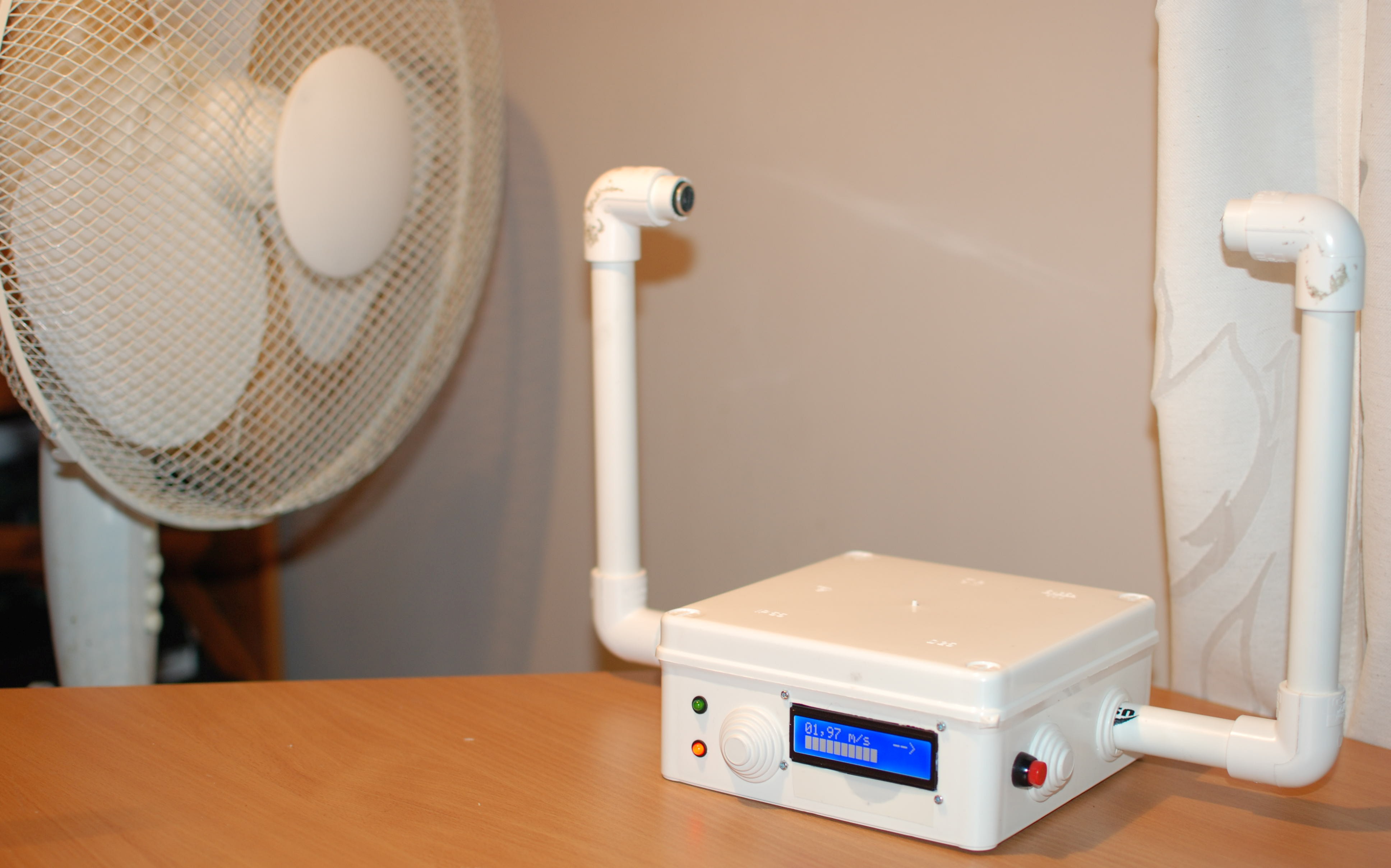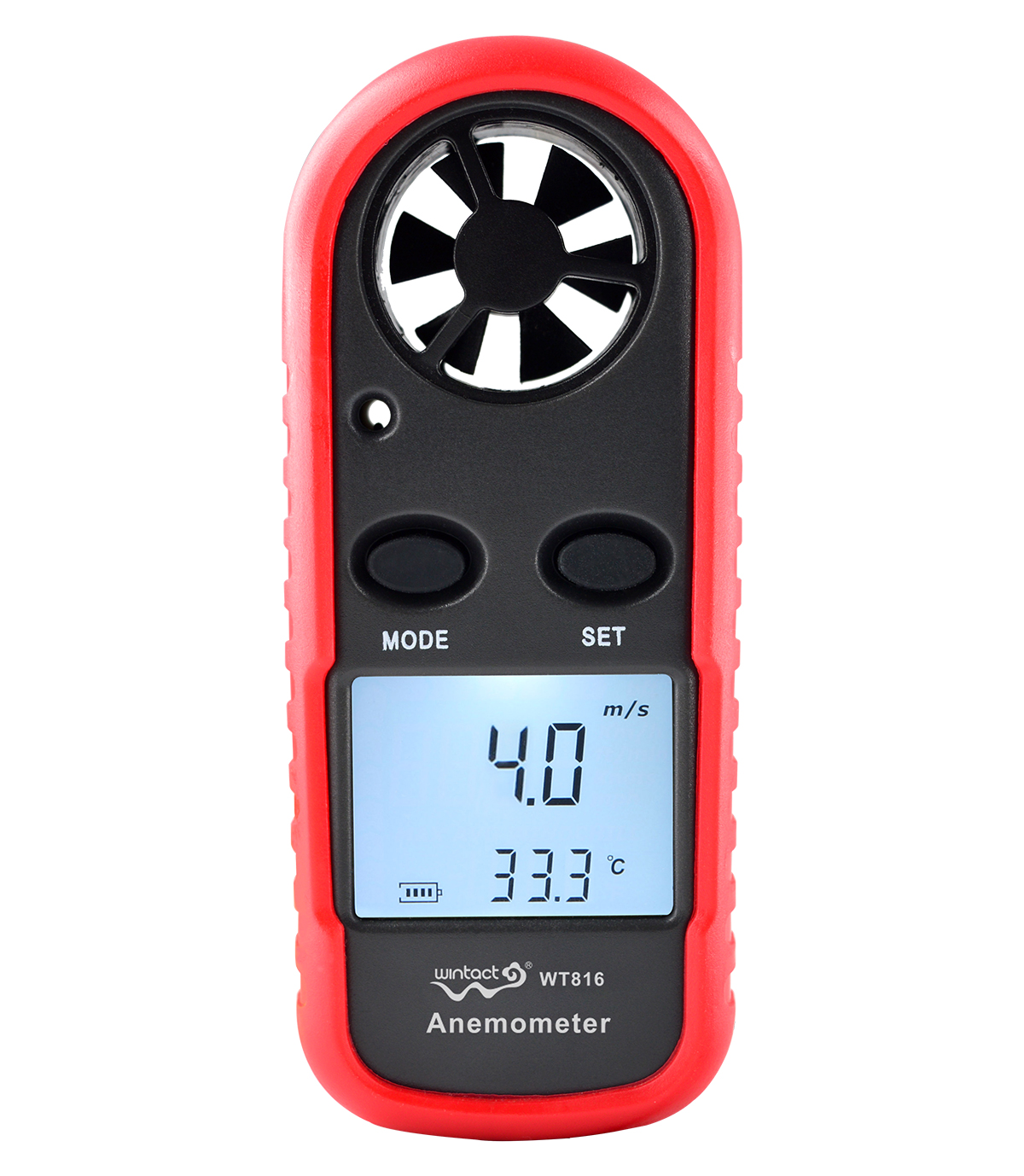


It uses ultrasonic sound waves to determine instantaneous wind speed by measuring how much sound waves traveling between a pair of transducers are sped up or slowed down by the effect of the wind.

Without moving parts, measurement is immediate and precise. The sonic anemometer was developed in the 1970s. This calculation is independent of factors such as temperature. The wind speed and direction is then calculated from the differences in the times of flight on each axis. Likewise times are compared between West and East, and East and West transducers. A microprocessor measures the time it takes to travel to the ‘South’ transducer and compares with the time for a pulse to travel from ‘South’ to ‘North’ transducers. Ultrasonic sensors work using transducers that send a pulse of ultrasonic sound from the ‘North’ facing side of the sensor. The result is extremely accurate and stable data over the long term without the need for maintenance. Compare this product Remove from comparison tool. An ultrasonic sensor has been designed to avoid any mechanical parts to ensure the best possible and most reliable operation. This anemometer has no moving parts providing reliable reporting on wind speed & direction with minimal maintenance. The Gill WindObserver is a precision, solid-state ultrasonic anemometer providing wind speed and direction data via 1 digital and 3 optional analogue outputs and features and IP66 rated stainless steel housing, which. These moving parts expose the sensor to failure. Conventional wind vane anemometers have mechanical rotating parts.


 0 kommentar(er)
0 kommentar(er)
